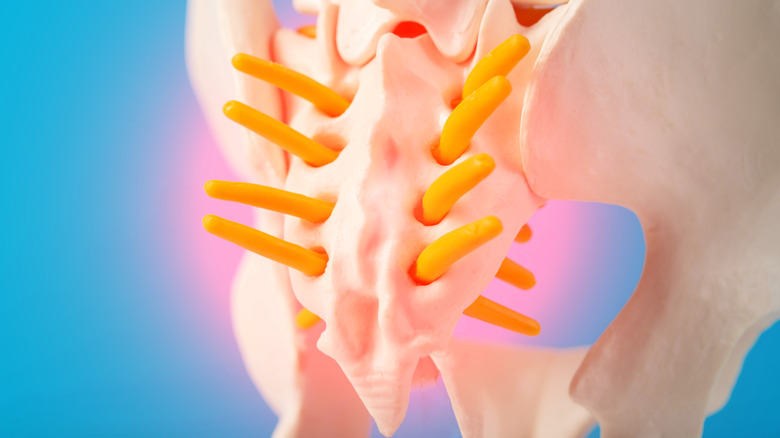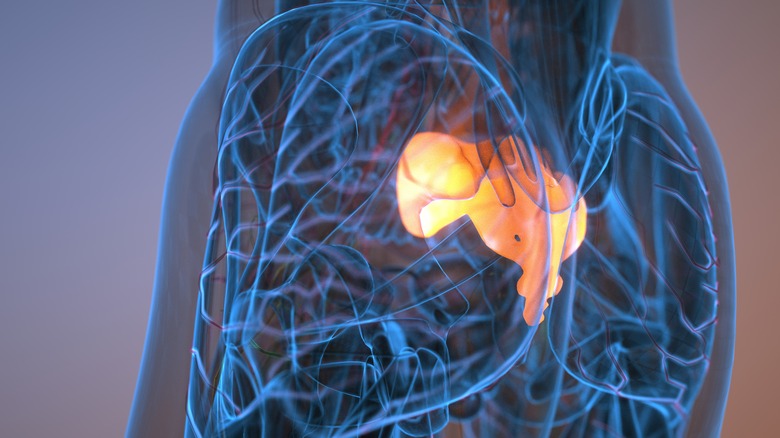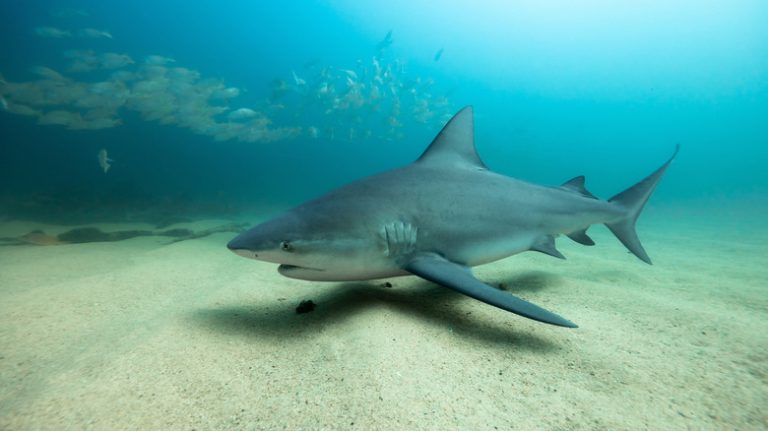
Anatomical structures fall into three categories: homologous, analogous, and vestigial. Vestigial structures are generally considered remnants from our evolutionary past, although there is some debate over this definition. Typically, vestigial parts are viewed as remnants of a structure that once had a function but has since become redundant. However, many biologists argue that vestigial structures might still perform functions, even if their primary role is obsolete. Charles Darwin theorized this in 1859, and many biologists today believe that vestigial structures may have lost their primary function but can still serve other purposes.
Many animals have vestigial elements. For instance, pythons and boa constrictors have tiny leg bones hidden in muscles near their tails, and some whales have pelves that no longer aid in locomotion. However, these whale pelves still anchor muscles related to the reproductive system.
This brings us to humans. Interestingly, our tailbones, or coccyx, are crucial for the surrounding muscles, tendons, and ligaments. This vestigial aspect of our anatomy was once part of a tail that we lost over the course of evolution. But as we know, vestigial structures aren’t always entirely useless, and the coccyx is no exception.
The coccyx once formed part of our tails

From our wisdom teeth to our auricular muscles, which once controlled ear movements, humans possess a range of vestigial features. Yet, many of these features are not as useless as once thought. The human appendix, for instance, was long considered “useless” but is now known to be more significant than previously believed, and some people can still use their auricular muscles to move their ears.
Similarly, just because we no longer have tails doesn’t mean the remains of that tail are entirely redundant. Our tailbones consist of three to five vertebrae that have fused together, forming a structure between 40 and 100 millimeters long. Located at the bottom of the spine, it’s the final segment of the vertebral column. At one point, this small part of our spinal anatomy was part of a tail our primate ancestors used for various tasks, from gripping branches to maintaining balance. We’ve long since lost our tails, which disappeared from the fossil record between 25 million to 20 million years ago. Researchers recently identified a key genetic mechanism involved in this tail loss. A 2024 study published in Nature identified the AluY element as having inserted into a gene called TBXT, leading to the loss of tails in apes, including our ancestors.
Even though we no longer need tails for balance or swinging between trees, the remnants of those tails are not entirely useless. In fact, our coccyx fulfills several crucial roles.
Our coccyx are more useful than we think

While our tailbones are vestigial, they still serve several important functions. For starters, the coccyx anchors a variety of muscles, ligaments, and tendons. The Gluteus maximus and Levator ani (or pelvic floor) muscles attach to the coccyx, which also supports tendons and ligaments connected to nearby structures and nerves.
Moreover, our tailbones play additional roles. They contain the sacrococcygeal symphysis, a minimally movable joint that aids pelvic stability. This joint can bend forward and backward and is reinforced by surrounding ligaments, helping with movements like transitioning from standing to sitting. There’s also the thin sacrococcygeal disc that absorbs weight from the upper body, acting as a small cushion. Additionally, the coccyx aids in weight distribution by shifting forward slightly when sitting and moves backward during childbirth to increase pelvic passage diameter.
For a vestigial part of our anatomy, the coccyx has surprising utility, playing important roles in movement, balance, and even childbirth. So, does this mean our tailbones are essential to our bodies, or can we do without this vestigial element of our evolutionary past?
Can we survive without our coccyx?

With the coccyx playing seemingly vital roles in our everyday lives, it might seem challenging to live without these vestigial tailbones. However, many people can and do live without this small piece of the vertebral column. In some cases, severe injuries to the coccyx may require a coccygectomy, where the tailbone is completely removed. This procedure is usually a last resort.
Since muscles, tendons, and ligaments attach to the coccyx and it helps support our weight, doctors typically try more conventional treatments before opting for removal. Coccygectomy is reserved for those experiencing chronic or severe pain, often due to a dislocation or fracture. Although those who undergo this procedure generally lead normal lives, they may find sitting comfortably challenging post-surgery.
A 2022 study published in the International Journal of Spine Surgery examined 173 patients who had undergone coccygectomy between 2006 and 2019. It found that factors like surgical history, age, gender, and pain cause greatly influenced post-surgery success. Older patients continued to experience disability post-operation, and those with prior spine surgeries and women had poorer outcomes than other patients. However, for those who have exhausted other options while dealing with severe coccyx pain, surgery can provide significant relief and doesn’t necessarily lead to a dramatically reduced quality of life. Still, this vestigial structure at the base of our spines is clearly more important than one might assume.






